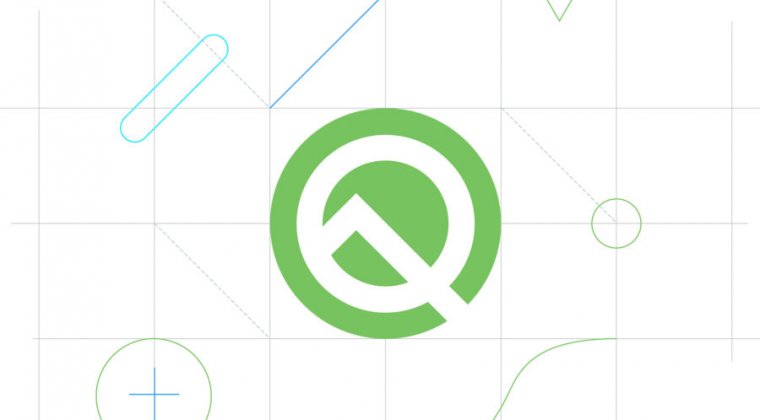
Android Q Beta 2 is out! Despite the plethora of bug warnings from Google, I flashed it on my daily driver and am back to report on some things. Beta 2 gives us a whole new feature to play with called "Bubbles," lots of little changes, and frustratingly slow development on Android's gesture navigation system.
Of course everything is a work in progress, and there are plenty of bugs and weird design quirks. We're still going to bring attention to them now, though, in the hope that they get cleaned up before release. Let's dive in!
Bubbles—Messaging-app feature or crazy notification-panel replacement?
-
Google's bubble sample app lets you talk to animals.Ron Amadeo
-
Press the bubble button and you will spawn a bubble.Ron Amadeo
-
Bubbles get scoped behind a permission.Ron Amadeo
The headline feature of Android Q Beta 2 is "Bubbles," which is a multitasking UI that bears a striking resemblance to the old Facebook "Chat Heads" feature. Apps pop up in floating windows and can be minimized into a little floating circle. Android supports this at the OS level, so any app can be a bubble. Google suggests using this for messaging apps, note apps, directions, and anything else you might want to keep at hand while you move around your phone.
Bubble support isn't applied to apps automatically—each individual app would need to be updated by the developer specifically to support bubbles. Since Android Q Beta 2 just came out, right now zero apps support bubbles. Scratch that—one app supports bubbles: Google's Bubble sample app. It was mentioned briefly in Google's blog post, but you get it here on GitHub, compile it in Android Studio, and send it to your Android Q phone. The result is the above messaging app that lets you talk to animals.
The Dog says "woof," the Cat says "meow," and overall, Bubbles is a standard messaging app. The magic comes in from the button in the top-right corner of the app, which lets you spawn a bubble. Just like the old Chat Heads feature, here the bubble holds a tiny version of a messaging app. You can drag the bubble around the screen, and tap on it open or minimize the tiny applet. To close a bubble, just drag it to the bottom of the screen.
Google's sample app will auto-reply to your messages after five seconds, with the idea being you can send a message from the full screen UI, go to the home screen, and in five seconds, the app will spawn a new bubble all its own. This could get annoying if abused by apps, so bubble usage is locked behind a permission. The first time an app creates a bubble, you get an "allow" or "deny" permission attached to the pop-up UI, and in the app settings you can change the bubble setting on-demand. For the most part, bubbled apps stay out of your notification panel. The first time a bubble pops up, you'll get a duplicate notification in the panel, but if you interact with the bubble, the notification goes away.
Android Q is a beta, and there are some bugs. First, by default, bubbles appear at the bottom of the pop-up UI, toward the bottom of the screen. This is good for reachability, but when you open the keyboard, the bubbles and the UI don't move upward to make room for the keyboard like every other app does, so the keyboard covers them. For now, you can use a workaround developer command that forces bubbles to open at the top of the screen and leaves room to type. Second, bubbles are supposed to show contact pictures, but that feature doesn't work in this Beta yet. Google's blog post specifically notes that icons are "disabled in Beta 2" for whatever reason.
The third problem I've noticed is that the open bubble UI renders below the notification panel but will capture touch interaction above the notification panel. So you have to close a bubble if you want to use the notification panel.
reader comments
107